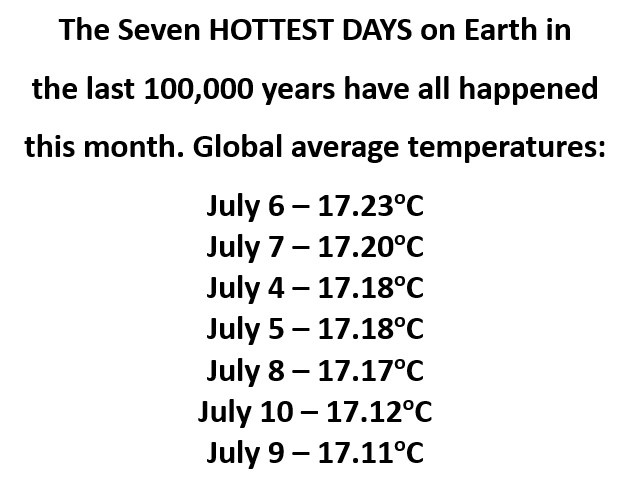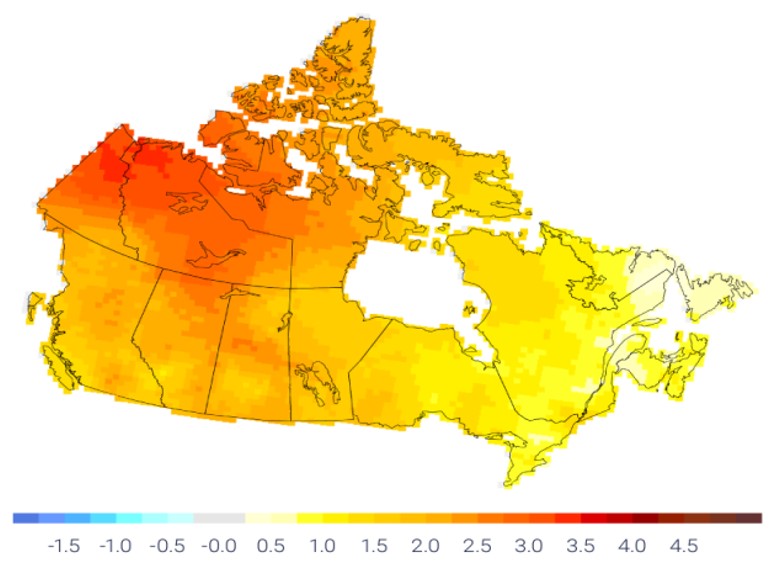Part 1: Profit, hypocrisy and corruption
By Mike Kennard, NE Cambridgeshire Labour member
This has been a record-breaking year, but not in a good way. We have seen the highest mean global temperature on record, sea temperatures around Britain have exceeded the norm by 3oC, wildfires have devastated large areas of North America, and at the time of writing, large areas of the Greek island of Rhodes are being evacuated due to the worst wildfires on record in a region prone to seasonal outbreaks.
At the end of November the latest United Nations Climate Change Conference will convene, in Abu Dhabi, one of the world’s main oil producers. And to add insult to injury, in the same year that atmospheric temperature records have been broken yet again, the conference will be chaired by Sultan Al Jaber who is the UAE’s climate envoy and is the founder of a renewable energy company, as well as also being CEO of the Abu Dhabi National Oil Company.

The Northern hemisphere is experiencing massive climate upheaval in 2023. Temperatures in Southern Europe are expected to break records and more wildfires than ever are breaking out across the region. The Southern states of the USA are under an atmospheric “heat dome”, a static weather phenomenon leading to prolonged very high temperatures, while further North, New York has experienced flooding due to unseasonal heavy rain. Parts of the UK have had more rain in the first half of July than the average for the whole of the month. Heavier than average monsoon rains in Korea have led to flash flooding and mudslides causing loss of life and damage to homes and infrastructure.
There is no reason to believe that COP28 will produce any more concrete results than the previous jamborees. The Paris Climate Accords, signed at COP21 in 2015 by 196 parties was a “legally binding agreement”, supposed to bind countries to working together to limit the rise in mean atmospheric temperature to 1.5oC, and no more than 2oC. Prior to the 2022 COP27 conference, the UN’s own Environment Programme scientists warned “there is no credible pathway to 1.5oC in place“, and “current policies lead to 2.8oC over this century“.
A man-made catastrophe
The layers of carboniferous rocks which are the source of coal, oil and gas, and which have powered the development of modern society were laid down over many millions of years, capturing carbon from the atmosphere. Periodically natural events such as massive volcanic outflows upset the balance, but this returns over time. The process of laying down new layers has continued in more recent geological periods, with wetlands slowly creating peat at 1mm per year and arctic tundra capturing decaying vegetation under layers of permafrost.
For millennia man was just another animal species in this cycle. Although human history is one of class struggle and the development of agriculture partially changed the pattern of vegetation, atmospheric conditions remained largely unaffected by man until the development of capitalism and the industrial revolution brought about rapid change.
Initially powered by coal, followed by more efficient oil and gas, the carbon captured in those ancient geological strata began to be released into the atmosphere at an increasing rate. In addition, emissions of methane, a more powerful but shorter-lived warming agent, and nitrous oxide have increased as a result of industrial and transport processes.
Unprecedented over last 800,000 years
Until the mid-18th century, the average CO2 concentration in the atmosphere was 280 parts per million (ppm). By May 2022 this had reached 421 ppm. Research published in 2021 showed that “the current rates of increase of the concentration of the major greenhouse gases…are unprecedented over at least the last 800,00 years“.
Greenhouse gases cause temperature rises by trapping heat from the sun in the atmosphere which would otherwise be radiated back into space. We have reached the point where warming has become self-generating, as warming in the seas cause natural carbon capture mechanisms to diminish and shrinking ice caps and glaciers reduce the amount of sunlight reflected back into space. As arctic permafrost thaws, vast amounts of methane are being released into the atmosphere.
Global warming is resulting in changing weather patterns, largely driven by warming oceans. In tropical and subtropical regions, warmer seas give off more moisture and upset wind patterns. The rotation of the earth naturally causes winds but the number and severity of hurricanes and typhoons is increasing.
In 2023, Cyclone Freddy broke the record for the longest lasting storm, killing an estimated 1,400 people in Southern Africa, and five storms have reached Category 5, the most severe. The pattern of rainfall is changing, resulting in flooding in some areas and drought and desertification elsewhere.
Potentially the most catastrophic effect will be sea level rise likely to make coastal areas uninhabitable across the world. Since 1880, average sea levels have risen by 23cm, but over 10cm of that was gained in the past 25 years (National Geographic). In the period to 2050, a further rise of 25-30cm is expected, even if emission targets are met.
The world is burning
According to National Geographic, “If Alberta, with its population of 4 million people, were a country, it would be the 5th largest oil-producing nation. While it produces conventional oil, most comes from the Alberta oil sands, the world’s 3rd largest proven oil reserve“. Yet Canada has suffered as much as any country by unprecedented wildfires. The New York Times reported, “Wildfires started earlier in number and spread across much of the country, burning millions of acres as climate change turns more of the country’s forest into a tinderbox“. Now fires have broken out in the mixed forests of Quebec.

2016 graphic
This year, smoke from forest fires in Canada spread across much of the North East of North America, causing breathing difficulties for New Yorkers and blanketing thousands of square miles in choking smog. The Canadian government’s own climate change report shows that warming in Canada is double the magnitude of global warming and warns that average temperatures will continue to increase for the next two decades even if global carbon emissions are reduced, with a doomsday scenario of 6.3oC by the end of the century if emissions continue to increase.
Canada has the world’s third largest area of forest, behind Russia and Brazil. However, logging and farming companies have destroyed more than 10% of Brazil’s forests, and this year also saw extensive forest fires in Russia. Forestry in Canada has been conducted on a more sustainable basis. Nevertheless, the vast timberlands are threatened by changes in weather patterns, with drier winters and springs leaving the conifer forests dangerously dry. As their own studies testify, this is due to continued use of fossil fuels.
While the Canadian government is happy to parade in ‘environmentalist’ clothes – at the 2015 Paris climate conference it was Canada which proposed the 1.5oC limit on average global temperatures – it is ruthless in its promotion of the tar sands oil production, widely labelled the dirtiest energy source in the world.
The former leader of the Liberal Party in Alberta, Kevin Taft, documents in his book (Oil’s Deep State) how the oil industry subverted leading academic institutions responsible for providing guidance, as well as provincial and federal civil service and the main political parties. On one hand, the government was passing climate change legislation, while at the same time approving measures which supported the oil industries.
Hypocrisy not limited to Canada
The corruption crossed party lines: when in 2015 the Conservative Stephen Harper lost to Justin Trudeau’s Liberal Party, the new government approved two new pipelines while committing Canada to limiting carbon emissions. In Alberta, home of the oil industry, the new provincial government of the “progressive” New Democratic Party promised at their first news conference to “work collaboratively” with their “partners in the energy industry”. Not only the oilfields but the pipelines to convey the crude to refineries in the USA and westward to British Columbia are devastating the lands of First Nation people.
But such hypocrisy is not limited to Canada – the British Tory government trumpets its commitment to ‘net zero’ while approving a new coal mine in Cumbria and further development of North Sea oil and gas fields. In Australia, the world’s second largest coal exporter, the Labour government was elected on a manifesto to limit carbon emissions, but has backed fracking and even coal mining projects. At least reactionary US Republicans like Trump and de Santis are open about their commitment to fossil fuel and their dismissal of climate science; they don’t say one thing and do another.
Wildfires are increasing across the world, whether they are forest fires destroying many square miles of forest and leading to the evacuation of tens of thousands of tourists in Rhodes, or for that matter, farmland fires destroying homes in Essex. Their spread is often exacerbated by high winds, which are themselves a consequence of global warming.
In Part 2, we look at changing rainfall patterns, increased flooding and the role of oil and gas companies.



